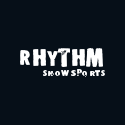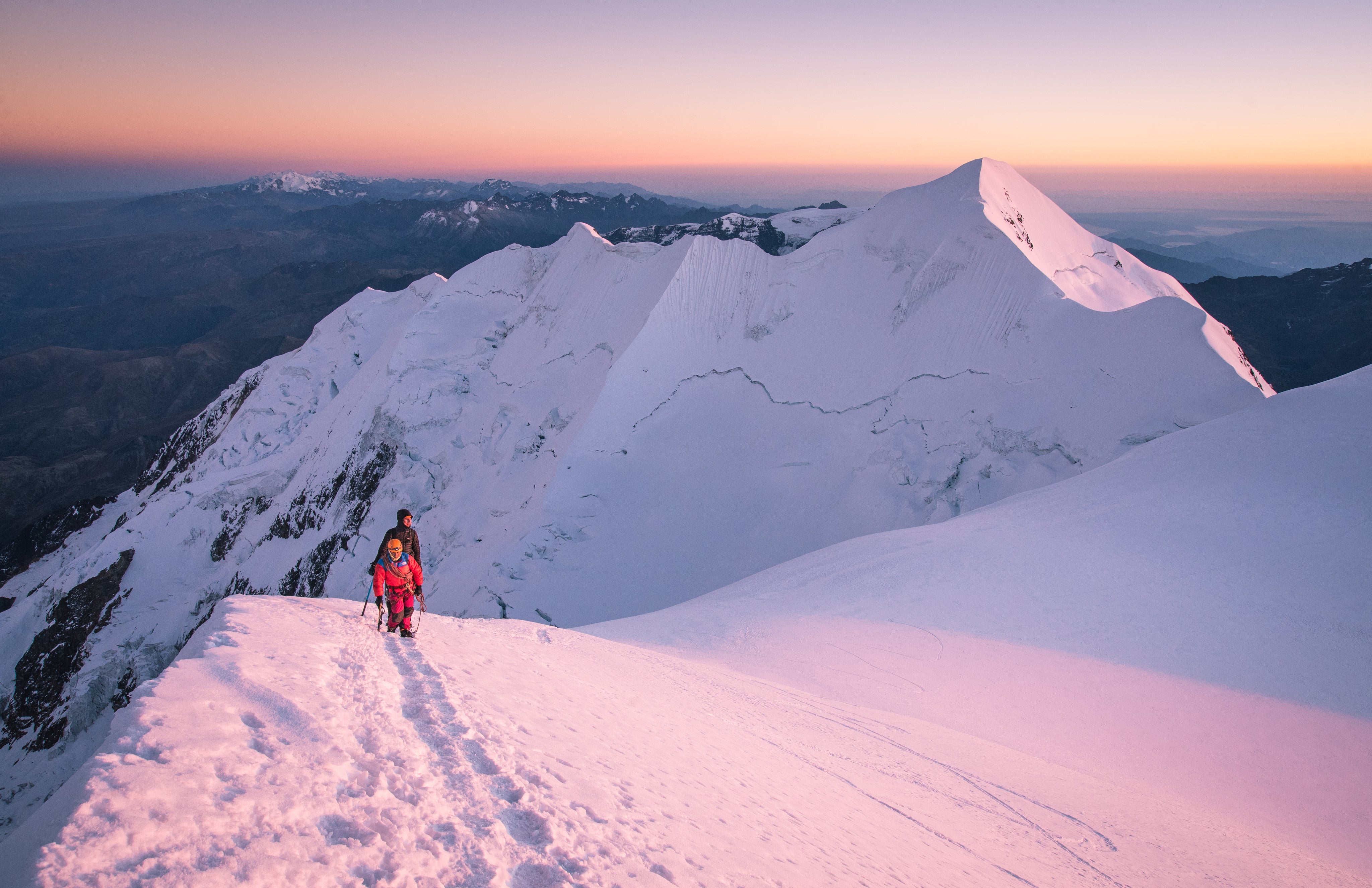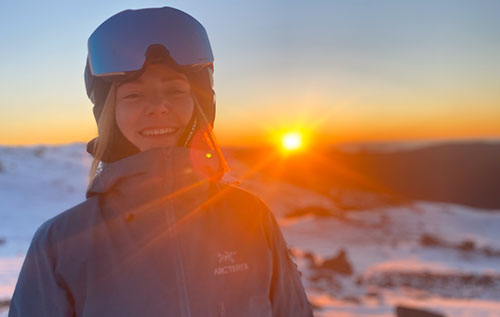Beyond just the lens type and colour, goggle manufacturers apply additional features to their goggles to make them better at doing their job. Some lens features to keep an eye out for include:
UV Protection - Almost all new goggles, even at the lower end of the price spectrum, have 100% UV protection. UV intensity increases with altitude, and protecting your eyes from harmful UV rays will prevent eye fatigue and damage to your retinas.
Mirrored Goggle LensesMirrored Lenses - A coating on the outside of the goggle lens reflects a greater amount of light than a non-mirrored lens. Letting in a decreased volume of light means less glare and increased visual clarity in bright conditions. You also get that cool Top Gun aviator look, although we recommend removing your mirrored goggles in the bar.
Polarized Lenses - When light is reflected off certain surfaces, it tends to be reflected at higher intensity through angles perpendicular to the surface. By acting as a filter of vertical light, polarized lenses can cut glare much more effectively than a standard mirrored lens while improving overall visual clarity and providing increased contrast and definition. Polarized lenses are great for snow sports and reduce eye fatigue and strain.
Double Lenses - These create a thermal barrier that reduces fogging significantly compared to its single lens counterpart – a single lens goggle just won’t cut it for skiing or snowboarding. Double lenses are common on all new ski and snowboard goggles.
Anti-Fog Coating – A hydrophilic chemical treatment to the inside of the lenses can greatly reduce a goggle’s tendency to fog. Some coatings are more durable than others. Be sure to read the manufacturers’ directions because poor goggle care can lead to wiping off the anti-fog coating.
Transition - Photochromatic LensPhotochromic Lenses - These lenses automatically adjust to changing light conditions by darkening when exposed to stronger ultraviolet (UV) light and lightening when there is less UV light. The primary advantage of this type of lens is that it will adjust to changing conditions, making it extremely versatile. Unfortunately, Photochromic lenses don’t adjust instantly - it could take several minutes for the lens to fully adjust to changing light.
VENTILATION
You can count on virtually all quality goggles having vents, but some are better than others. In general, more venting is better in terms of preventing fogging. It is important to check that the venting system in your goggles is compatible with the shape of your helmet, in other words don’t block the vents; otherwise your goggles might be a little more susceptible to fogging. Some goggles even have battery powered fans that move air and defog the goggles.
When wearing a helmet
When wearing goggles with a helmet it is important that they fit properly on your face and are compatible with your helmet. A sign that your googles may be an incorrect fit for you is when you feel pressure points on your face around your goggle frame. This may mean that the goggle is too small for the frame of your face.
Your goggle must also have a strap that closes tightly around the back of your head over your helmet to keep your goggles firm against your face. This will prevent fogging.

















